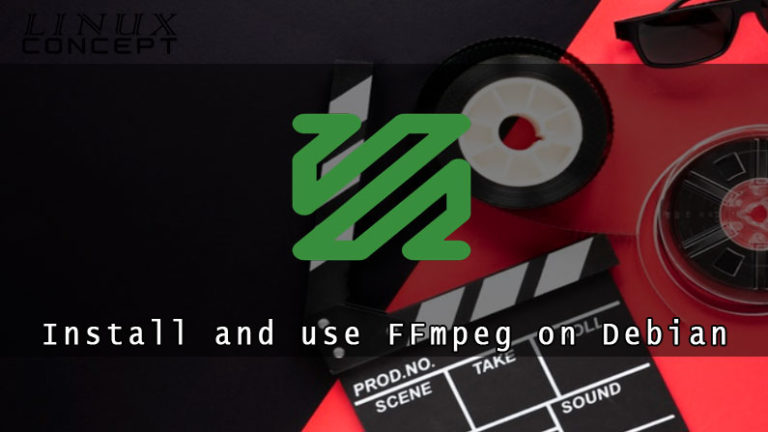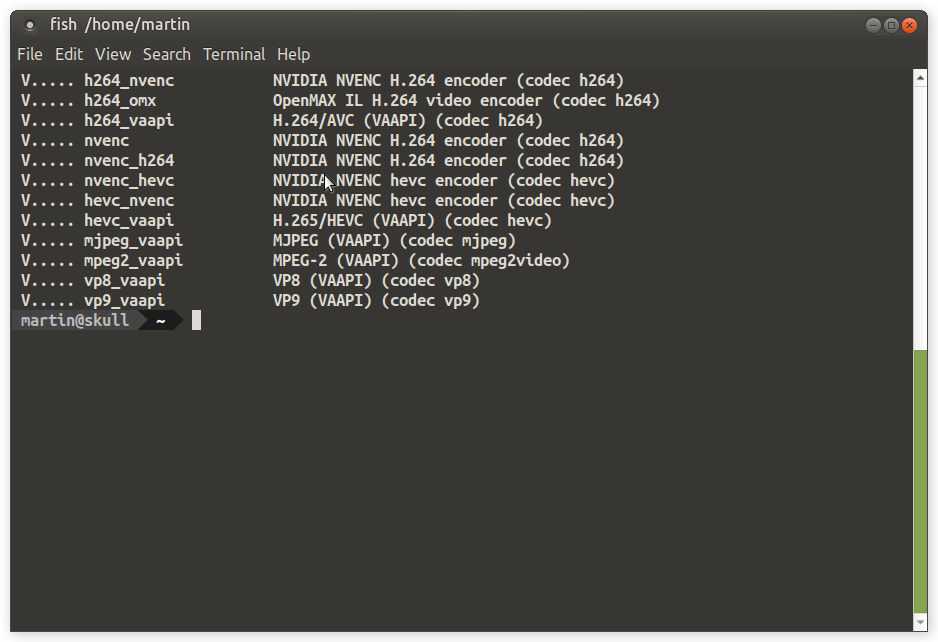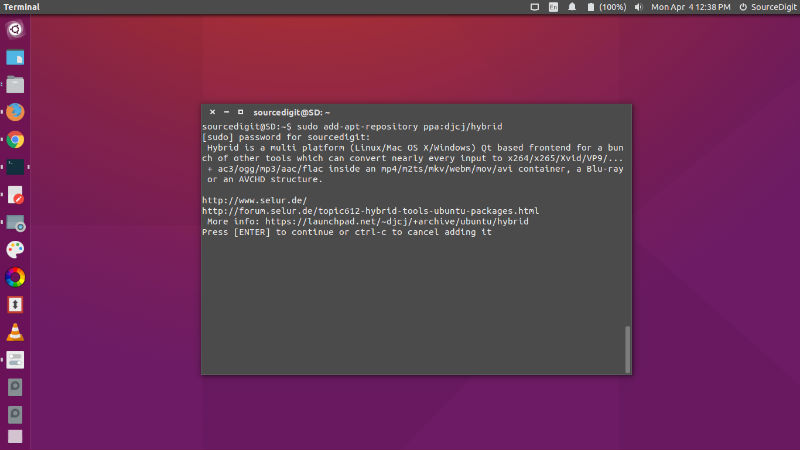


In it we will write the following to update the list of available packages:

We will start by opening a terminal (Ctrl + Alt + T). If you are interested in having this version, you just have to follow the following steps to install it in Ubuntu 18.04. However, the version included in the repositories may not be the latest version available.Īs I write these lines, the current stable version available in the Ubuntu 18.04 repositories is 3.4.4. This is the fastest and easiest way to install FFmpeg on Ubuntu. To learn more about what FFmpeg can do, visiting their documentation page will help you with your goals.In Ubuntu official repositories we can find FFmpeg, and we can install easily with apt package manager. If you need to convert files quickly and efficiently, FFmpeg is the program for you. It’s simple and lightweight, so it works well without wasting too much time or resources. Comments and ConclusionįFmpeg is an excellent multimedia software that can do much more than we discussed in this post. I would recommend keeping EPEL and RPM Fusion installed, and most users often need multiple packages from these repositories, which are highly used within the community. Remove autoremove and replace it with remove for users that do not want to remove the unused dependencies from the installation. Remove FFmpeg using the following command. sudo dnf update -refresh How to Remove (Uninstall) FFmpeg This makes maintaining updates simple and quick by running the standard update command as you check your entire system for updates as follows. How to Update/Upgrade FFmpegįFmpeg was installed with RPM Fusion using the dnf package manager. Some examples of the most common bit rates are 96k, 128k, 192k, 256k, and 320k. sudo dnf install ffmpeg -yįor the development packages, use the following command. Using the following command, install FFmpeg. Install/Enable the Free Repository (REQUIRED) sudo dnf install -nogpgcheck $(rpm -E %rhel).noarch.rpm -y Install/Enable the Non-Free Repository (OPTIONAL) sudo dnf install $(rpm -E %rhel).noarch.rpm -y Install FFmpeg Note, if you an open-source fan, only install the free repository. In the second step, install the RPM Fusion repo’s in your terminal with the following install options below. Install & Enable RPM Fusion Repositories Next, install EPEL using the following (dnf) terminal command.


 0 kommentar(er)
0 kommentar(er)
